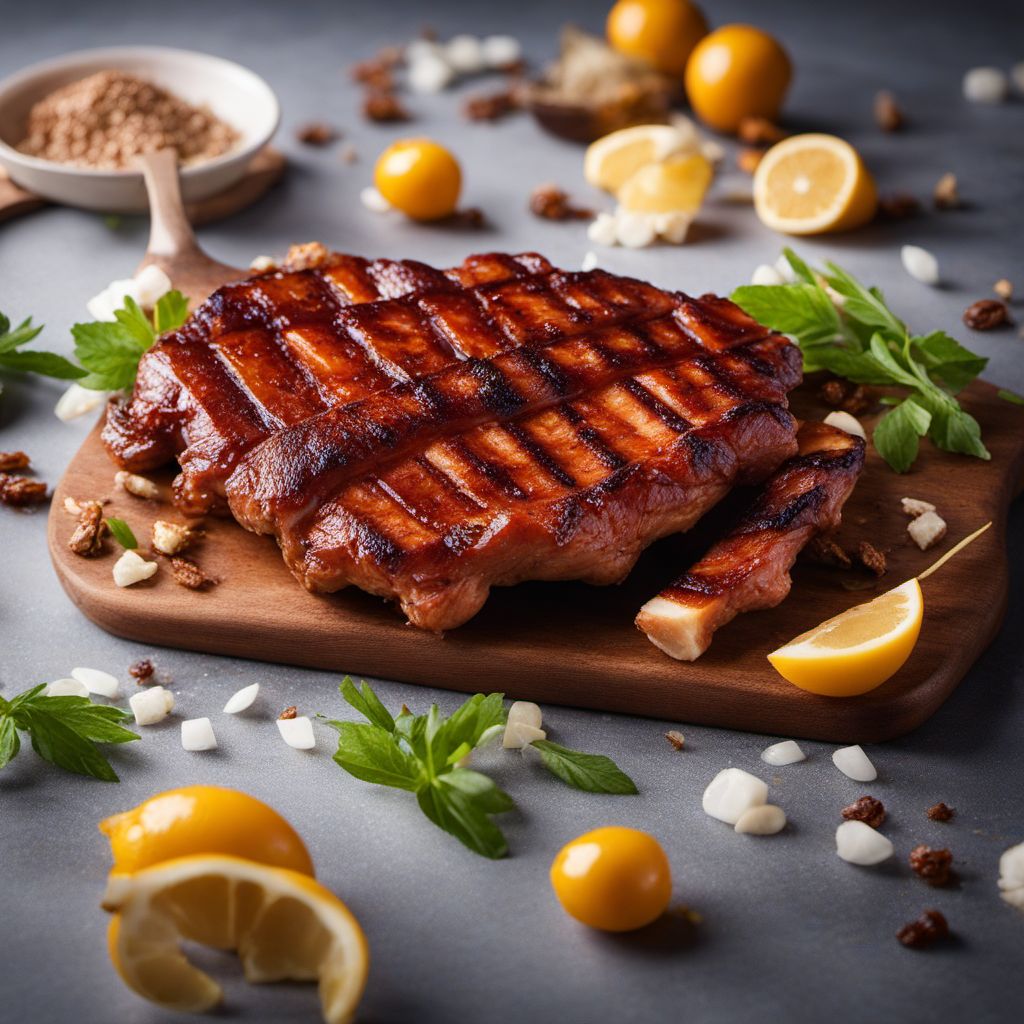
Ingredient
Barbeque flavour
"Smoky Sensations: Exploring the Allure of Barbeque Flavour"
Barbeque flavour is characterized by its rich, smoky aroma and robust taste. It often combines elements of sweetness, tanginess, and a hint of spiciness. The deep, earthy notes of smoke are achieved through slow cooking or smoking techniques, which infuse the ingredient with a distinct and irresistible flavor. The texture of barbeque flavour can vary depending on its form, ranging from a dry rub or seasoning to a thick, sticky sauce that clings to food. Its appearance can range from a reddish-brown color to a dark, caramelized glaze.
Origins and history
The origins of barbeque flavour can be traced back to ancient cooking techniques used by indigenous cultures around the world. Native Americans in North America, for example, used smoking methods to preserve and flavor meat. Over time, barbeque techniques and flavors evolved, with regional variations emerging in different parts of the world. Today, barbeque is deeply rooted in American cuisine, particularly in the southern states, where it has become a cultural icon.
Nutritional information
Barbeque flavour is primarily used as a seasoning or sauce, so its nutritional content can vary depending on the specific product. It is generally low in calories but may contain added sugars, sodium, and fats. It is important to check the label for specific nutritional information.
Allergens
Barbeque flavour may contain allergens such as soy, wheat, or mustard, depending on the brand or recipe. Individuals with allergies should carefully read the ingredient list or opt for homemade versions to ensure allergen-free options.
How to select
When selecting barbeque flavour, whether in the form of a seasoning or sauce, look for high-quality brands that use natural ingredients and avoid artificial additives. Check the ingredient list for any allergens or undesirable additives. For sauces, consider the thickness and consistency that suits your preference.
Storage recommendations
Store barbeque flavour in a cool, dry place away from direct sunlight. If it is in powdered form, ensure it is in an airtight container to maintain its freshness. For barbeque sauces, refrigerate after opening and consume within the recommended timeframe indicated on the packaging.
How to produce
While barbeque flavour is typically purchased ready-made, amateur cooks can create their own by combining a variety of spices, herbs, and other ingredients such as smoked paprika, brown sugar, garlic powder, onion powder, and cayenne pepper. Experiment with different ratios and cooking techniques to achieve the desired smoky flavor.
Preparation tips
Barbeque flavour can be used as a dry rub for meats, poultry, or vegetables before grilling, roasting, or smoking. It can also be used as a marinade or glaze during cooking to infuse dishes with its distinctive taste. When using barbeque sauce, brush it onto grilled meats or use it as a dipping sauce for added flavor. Experiment with different cooking techniques and pairings to enhance your culinary creations.
Culinary uses
Barbeque flavour is commonly used in grilling, smoking, and roasting meats, such as ribs, chicken, and pulled pork. It is also a popular choice for flavoring baked beans, burgers, and even vegetarian dishes like grilled tofu or roasted vegetables. Its versatility allows it to be incorporated into various cuisines, from American barbeque to Asian-inspired dishes.
Availability
Barbeque flavour is widely available in grocery stores, supermarkets, and specialty food stores worldwide. It can also be found in online marketplaces, making it easily accessible to home cooks and professional chefs alike.
More ingredients from this category » Browse all
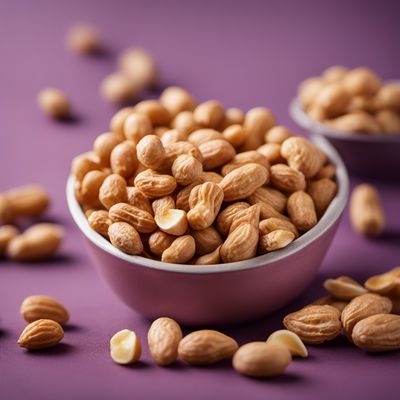
Peanut flavour
The Versatile Delight of Peanut Flavor

Peach flavour
The Essence of Summer

Boysenberry flavour
The Enigmatic Essence: Unveiling the Boysenberry Flavor
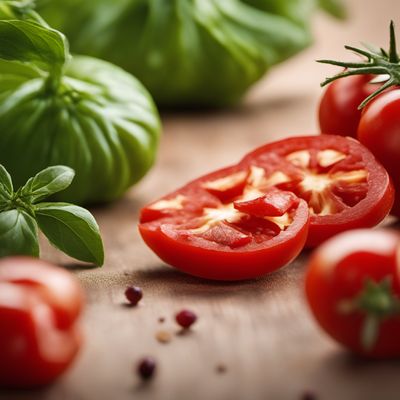
Pimento flavour
"The Fiery Essence: Unleashing the Vibrant Flavors of Pimento"

Nutella flavour
Decadent Hazelnut Chocolate Delight
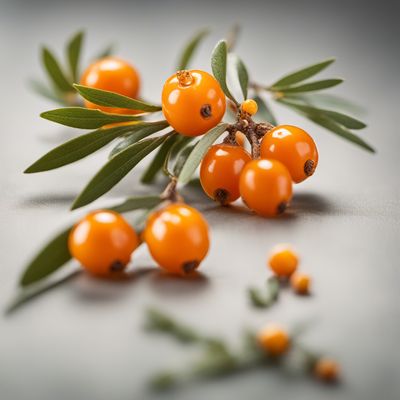
Sea buckthorn flavour
The Tangy Elixir
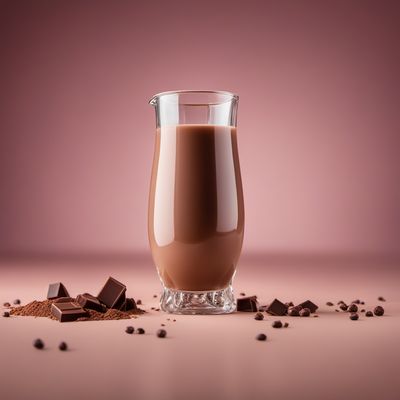
Chocolate milk flavour
"Decadent Delight: Exploring the Richness of Chocolate Milk Flavor"

Medium hot flavour
The Fiery Essence of Medium Heat

Ham flavour
Unlocking the Essence of Smoky Delight

Macadamia flavour
"The Nutty Elixir: Unveiling the Delightful Macadamia Flavor"

Jackfruit flavour
The Tropical Delight

Pomegranate flavour
The Tangy Sweetness of Pomegranate Delight